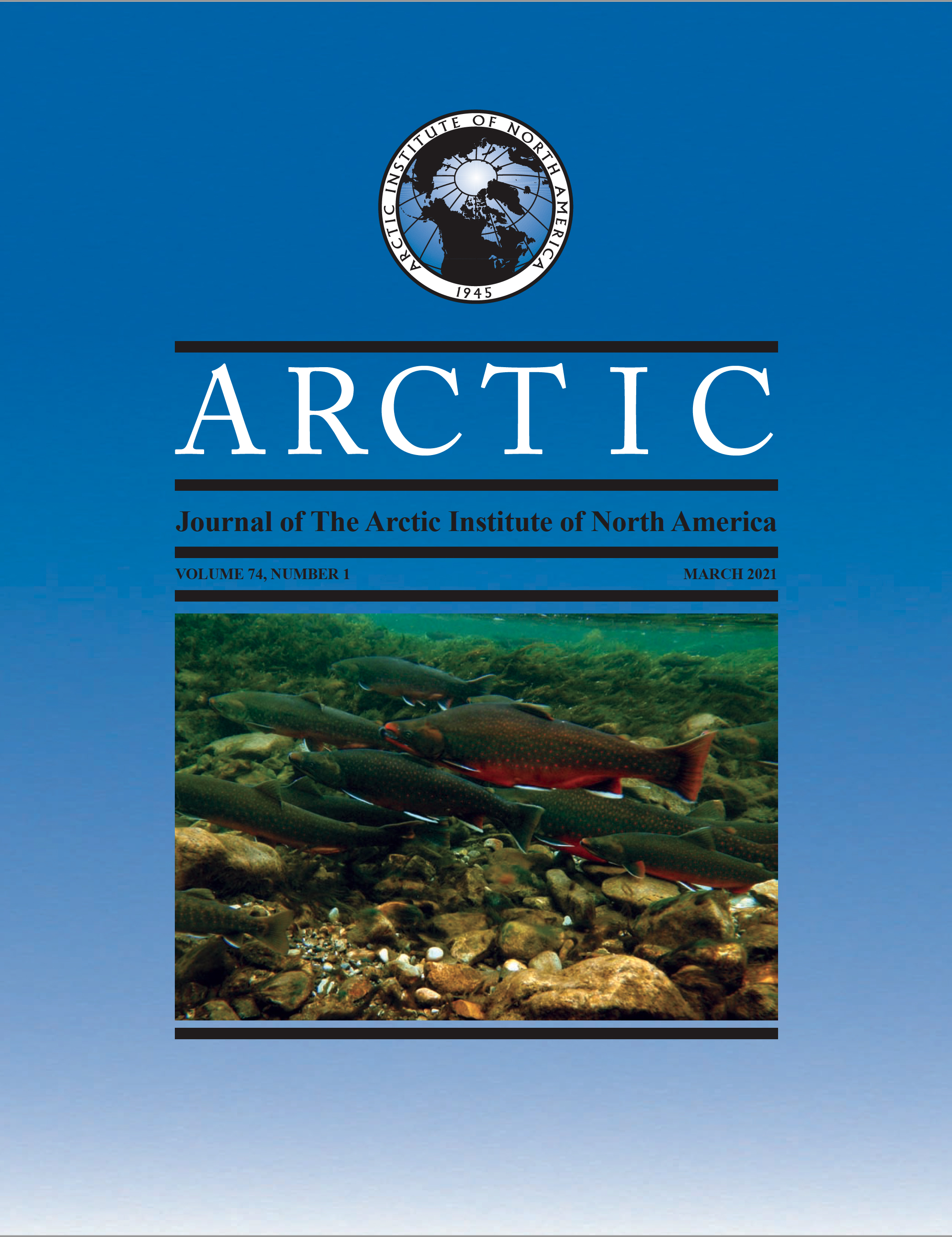Testing Whether Camera Presence Influences Habitat Specific Predation Pressure on Artificial Shorebird Nests in the Arctic
DOI:
https://doi.org/10.14430/arctic72057Keywords:
nest survival; cameras; Arctic shorebirds; artificial nests; predation risk; Cox proportional hazardAbstract
When monitoring the breeding ecology of birds, the causes and times of nest failure can be difficult to determine. Cameras placed near nests allow for accurate monitoring of nest fate, but their presence may increase the risk of predation by attracting predators, leading to biased results. The relative influence of cameras on nest predation risk may also depend on habitat because predator numbers or behaviour can change in response to the availability or accessibility of nests. We evaluated the impact of camera presence on the predation rate of artificial nests placed within mesic tundra habitats used by Arctic-breeding shorebirds. We deployed 94 artificial nests, half with cameras and half without, during the shorebird-nesting season of 2015 in the East Bay Migratory Bird Sanctuary, Nunavut. Artificial nests were distributed evenly across sedge meadow and supratidal habitats typically used by nesting shorebirds. We used the Cox proportional hazards model to assess differential nest survival in relation to camera presence, habitat type, placement date, and all potential interactions. Artificial nests with cameras did not experience higher predation risk than those without cameras. Predation risk of artificial nests was related to an interaction between habitat type and placement date. Nests deployed in sedge meadows and in supratidal habitats later in the season were subject to a higher risk of predation than those deployed in supratidal habitats early in the season. These differences in predation risk are likely driven by the foraging behaviour of Arctic fox (Vulpes lagopus), a species that accounted for 81% of observed predation events in this study. Arctic fox prey primarily on Arvicoline prey and goose eggs at this site and take shorebird nests opportunistically, perhaps more often later in the season when their preferred prey becomes scarcer. This study demonstrates that, at this site, cameras used for nest monitoring do not influence predation risk. Evaluating the impact of cameras on predation risk is critical prior to their use, as individual study areas may differ in terms of predator species and behaviour.
Downloads
Downloads
Published
Issue
Section
License
Copyright (c) 2021 ARCTIC

This work is licensed under a Creative Commons Attribution 4.0 International License.


